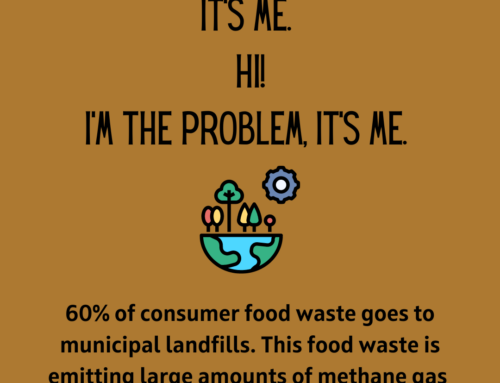I am attending the Pennsylvania Dietetic Association meeting this week and had a chance to gather some facts about beef. Since there’s been news over the past month about “pink slime”, I thought I’d share the facts. Lean, finely textured beef (LFTB) is the product undergoing fire lately, being coined a “filler”, “ammonia-treated”, and more or less, “slimy”.
When I read some of the backlash about this product, I thought about my grandfather, who owned a butcher shop in the early part of the 1900s. During the time of the Great Depression, throwing food away was like throwing money away, and was simply viewed as wasteful. No part of the animal went unused. This was not only smart business practice at the time, but it was survival – The real “Hunger Games” of the 1930s and 40s.
So what’s the beef all about now? LFTB is…well, beef. One hundred percent beef. So while it’s been called filler, I’m not sure I’d call beef added to beef as ”filler”. LFTB is produced from the beef trimmings left after cutting the expensive cuts (usually this can be an additional 10-12 pounds of lean, nutritious beef per animal). The trimmings are put through a spinner to remove fat (sort of like a salad spinner that spins out the water from lettuce). The result is a very lean (90-95% lean) beef product.
There’s also been a lot of misunderstanding about the ammonium hydroxide used in the process of producing LFTB as well. When the public hears that ammonia is used in food, they may automatically have visions of a window cleaner sprayed onto the food! This is obviously not true.
A fun fact: you’ll find about 20 milligrams of ammonium hydroxide in a hamburger patty, and about 50 milligrams of it in the bun. It’s widely used in packaged foods (baking powder, cheese, chocolate, for example), and also naturally present in some (in all plant or animal proteins we eat). A very small amount of ammonium hydroxide is used in processing LFTB as an antimicrobial agent in food production and is approved as safe by both the Department of Agriculture and the US food and Drug Administration.
So hmmn? Would you like E. coli or safe food? Bacterial growth happens. It could be happening right now in your own refrigerator. Since the USDA has a zero tolerance policy for both Salmonella and E. coli, all beef that tests positive for them are rejected and never supplied to schools, restaurants, grocers or other purveyors.
So so-called “pink slime” really isn’t that slimy, nor is it a mystery product. It’s beef. Those are the simple facts.





[…] get honey from the bee’s mouth, to his stomach, (“Ew!” you say? And you thought Pink Slime was bad) and finally to the jar, just as processing must occur to manufacture other caloric […]